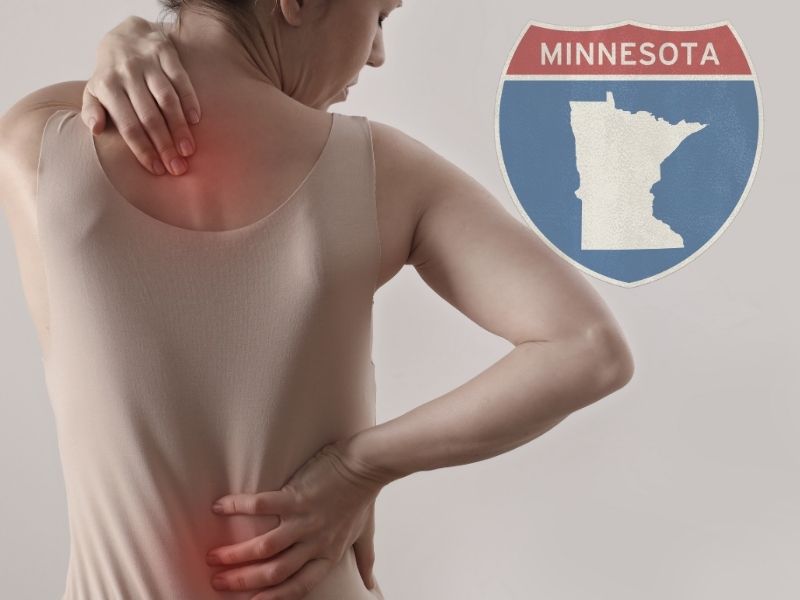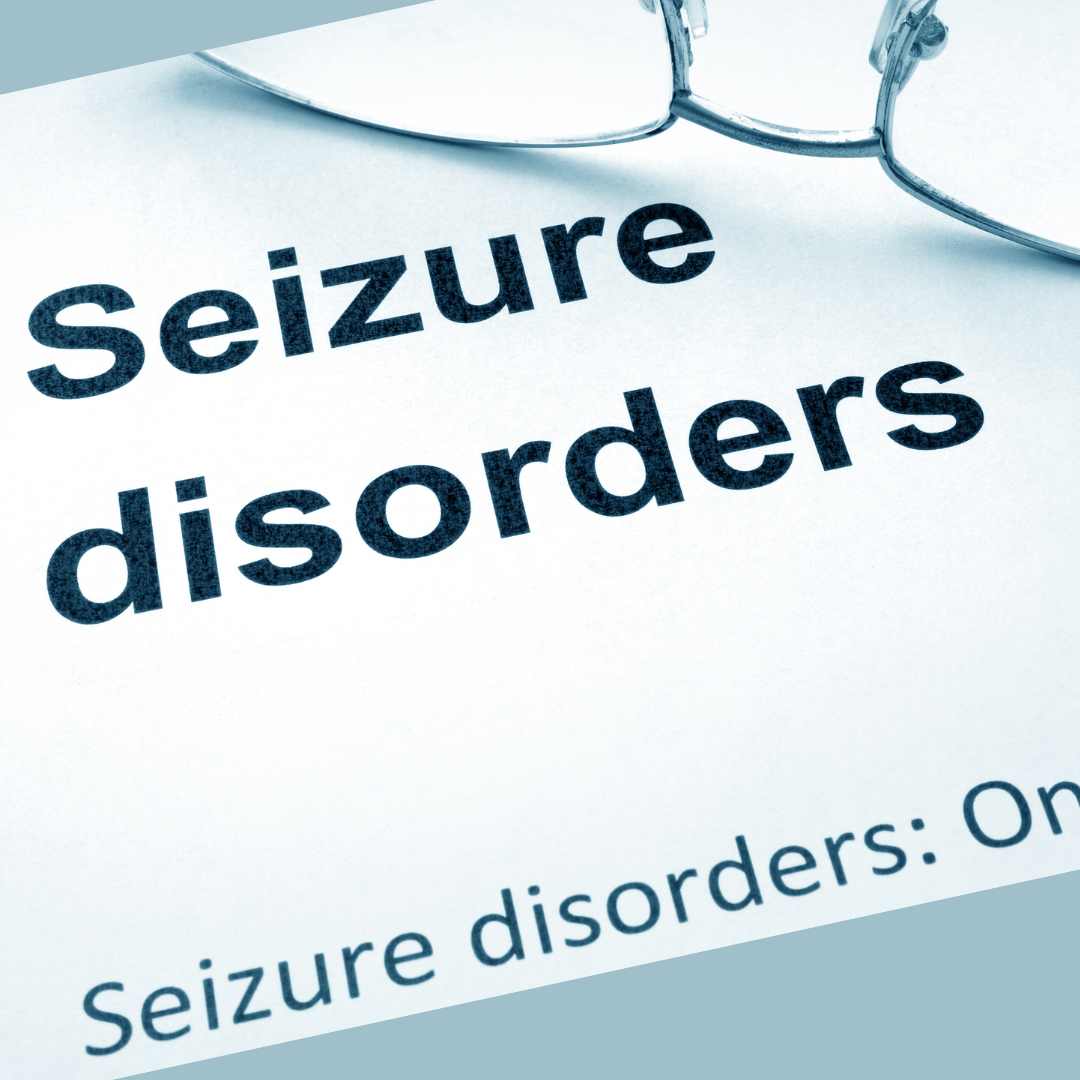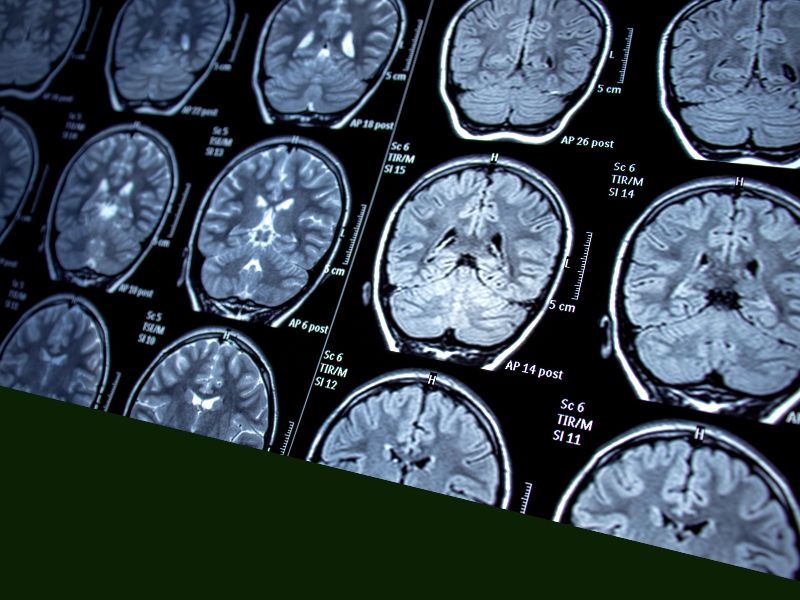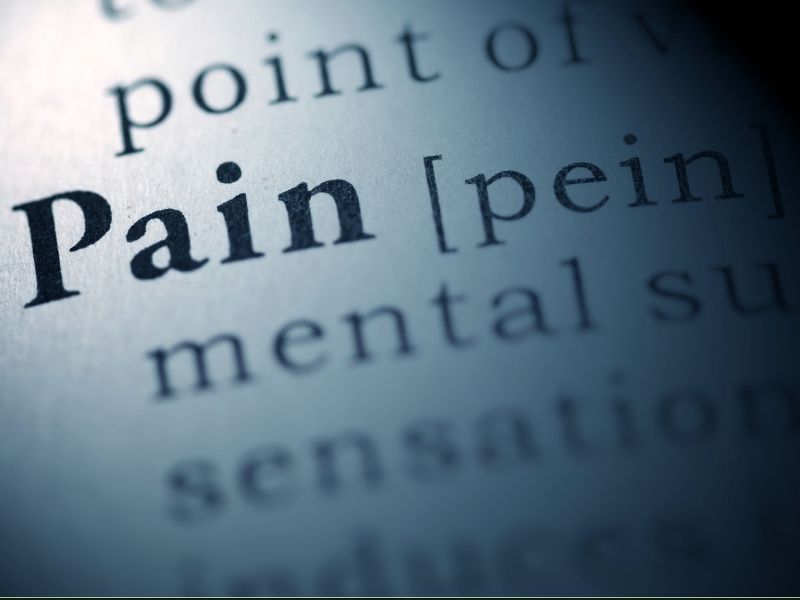Minnesota’s Office of Cannabis Management (OCM) has just released its most comprehensive look yet at how medical marijuana is helping chronic pain patients in the state. Drawing on data from nearly 10,000 program participants, the report finds that roughly one in three people experiencing moderate to severe pain—31.7 percent—reported meaningful relief within just four months of starting cannabis treatment. Even more encouraging, almost half of those who saw early benefits maintained that level of pain reduction for an additional four months.
The relief isn’t limited to one type of pain. Patients enrolled for intractable pain saw a 30.5 percent meaningful-relief rate, those with chronic pain saw 32.9 percent, and cancer-related pain sufferers saw 28.3 percent. Given that pain is by far the most common qualifying condition for Minnesota’s medical cannabis registry—which also includes sickle cell, terminal illness, and other severe ailments—these figures underscore cannabis’s potential as a versatile pain management tool.
OCM’s findings also shine a light on cannabis’s role in reducing reliance on traditional pain relievers. Among healthcare practitioners who reported their patients were using other pain medications, nearly a quarter (24.6 percent) noted that those patients cut back on opioids or NSAIDs within six months of beginning cannabis therapy. This dovetails with broader research showing that medical marijuana laws and dispensary access correlate with reduced opioid prescribing and even lower overdose death rates.
Sleep improvement emerged as another key benefit. OCM’s senior research analyst, Grace Christensen, emphasized that many patients reported much higher quality sleep after replacing or supplementing their pain regimen with cannabis. Better sleep, in turn, often leads to improved mood, greater energy, and enhanced emotional well-being—key factors in managing chronic pain long term.
Side effects were uncommon and generally mild. Only 15 percent of surveyed patients reported any adverse effects, two-thirds of which were mild (dry mouth being the most frequent). Severe side effects were rare—just 5.6 percent of total side-effect reports—and, tellingly, dry mouth remained the top complaint even in that category. That safety profile compares very favorably to opioids and many other prescription drugs.
Broader studies echo Minnesota’s experience. A meta-analysis in BMJ Open found that cannabis may provide similar pain relief to opioids while resulting in fewer treatment discontinuations. In Utah, medical marijuana legalization coincided with significant declines in both opioid use and overdose deaths; in Canada, provinces legalizing adult-use cannabis saw measurable drops in opioid prescriptions. Together, these data suggest that integrating cannabis into pain management protocols can alleviate suffering while mitigating the public health crisis of opioid dependence.
Beyond these findings, patients have a growing array of cannabis-based options for pain relief—from full-spectrum flower and concentrates to transdermal balms and oral tinctures. Emerging modalities, such as targeted CBD-rich formulations, are showing promise for inflammatory and neuropathic pain without the psychoactive effects of THC. As clinicians and regulators continue to refine dosing guidelines and delivery systems, medical cannabis stands poised to become an even more powerful, patient-centered alternative in the fight against chronic pain.


















